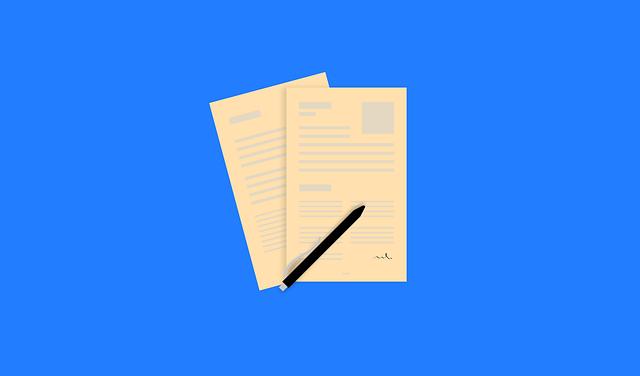April 2009
-
Do You Target Your Job Search? You Should!
While it’s true that finding work as a freelancer is partly a…
-
Which Samples Should You Show to Potential Clients?
Many potential clients ask to see samples of a freelance writer’s work…
-
Top 10 Freelance Writing Job Application Mistakes
I started freelance writing and blogging (though we didn’t call it that…
-
The Cover Letter Deconstructed
I have a confession to make. I hate writing cover letters. Hate…
-
Are You Scared of Spending Money?
Do you hang onto your money? That can be good – and…

